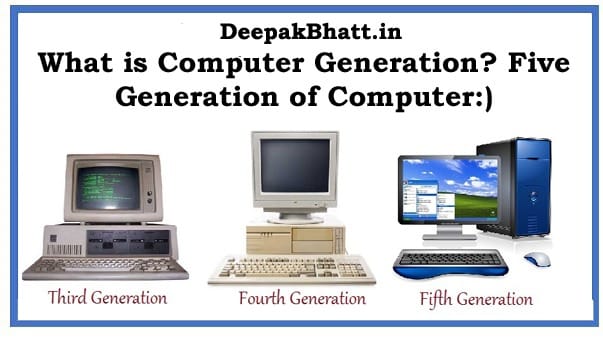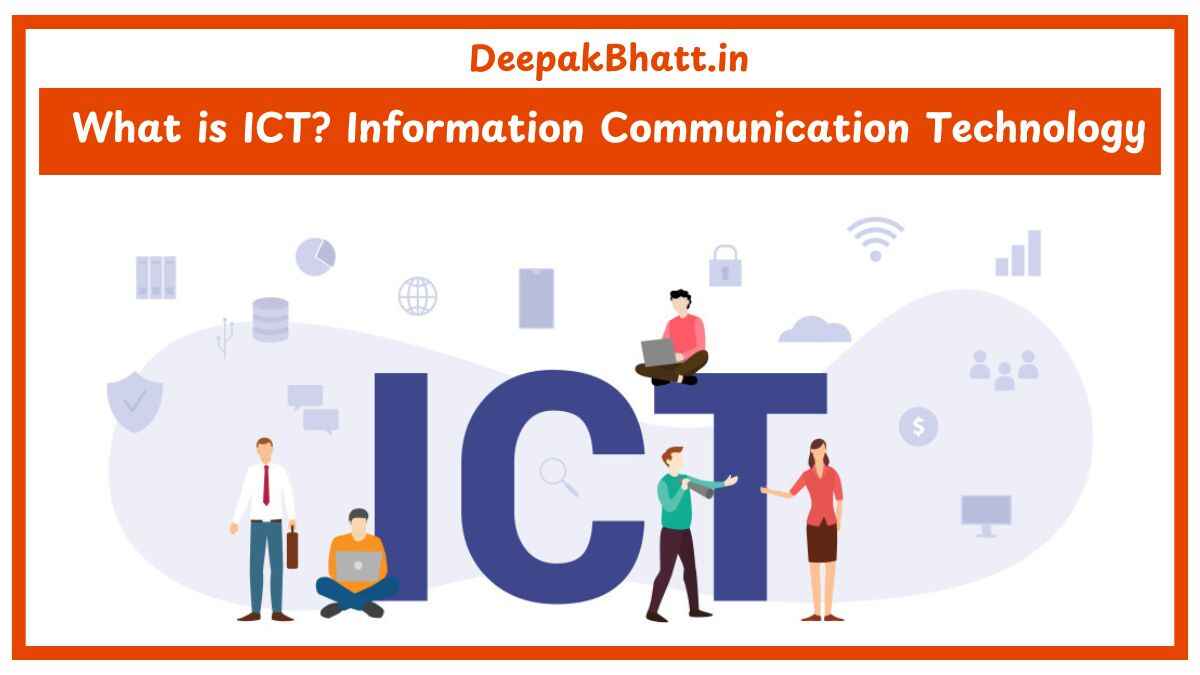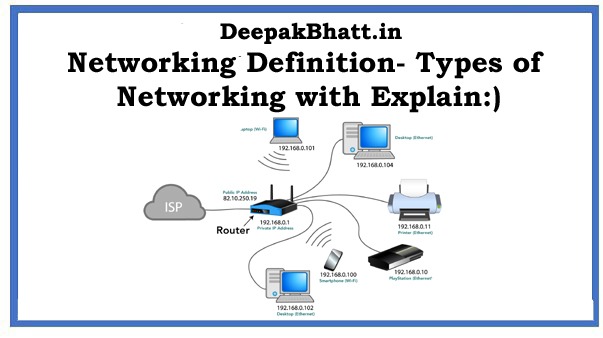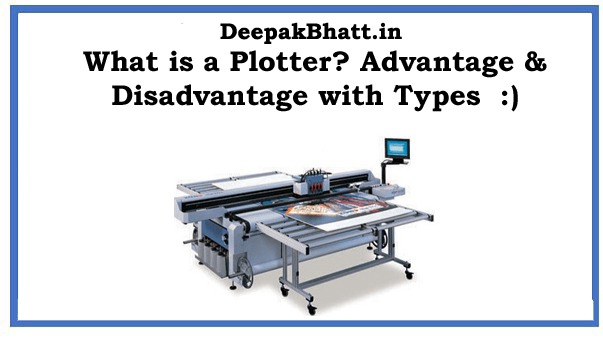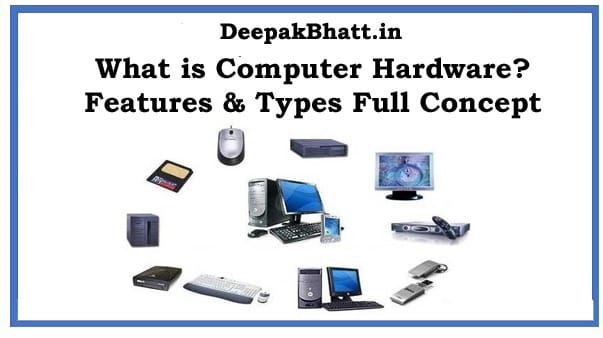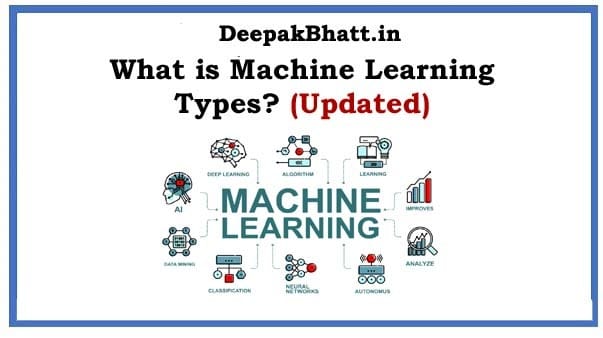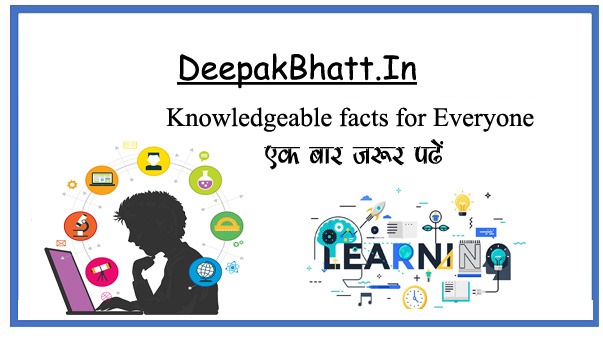We learned a lot about computers. But now we should also have knowledge about computer generation…
In today’s post, I am going to tell about computer generation in an easy way. That’s as many generations as ever.
- 1 What is Computer Generation
- 1.1 Five Generations of Computer
- 1.2 1. First-generation 1940 to 1956
- 1.3 Features of the First Generation of Computer
- 1.4 2. Second generation 1956 to 1963
- 1.5 Features of the Second Generation of Computer
- 1.6 3. Third generation 1964 to 1971
- 1.7 Third Generation of Computer Features
- 1.8 4. Fourth Generation 1971 to 1980
- 1.9 Third Generation of Computer Features
- 1.10 5.5th generation 1980 and above
- 1.11 Frequently Asked Questions
- 1.12 1. What is computer generation?
- 1.13 2. How many computer generations are there?
- 1.14 3. What technology has been used in the fifth generation?
- 1.15 Conclusion
What is Computer Generation
What is the common factor in that? You will get complete information in today’s post. Before that, if you did not know about Computers, then definitely learn them once.
And with this, you should read about the features of the computer as well as the Operating System and software once in a good way.
Can you get the information? So now we will go on to know about computer generation, so below you have complete information step by step first generation to the last generation.
The development of modern computers is generally considered in terms of generations of computers.
What is Networking Definition?
What are the limitations of computers?
Five Generations of Computer
1. First-generation 1940 to 1956
These computers were made heavy.
Punch cards were used to feed in more information. They were very expensive to operate and in addition to using large amounts of electricity generated a lot of heat.
And occupies a large amount of space. Machine labor and assembly-level language are used in these machines.
Features of the First Generation of Computer
this was big in size and they used vacuum tubes.
those computers were not faithful
to the protected computer from being hit, many air conditioners were installed therefore large rooms were required to install those computers.
the first-generation computers had 18000 vacuum tubes 70000 registers 10,000 capacitors and 60 thousand switches
the weight of these computers was 27 tonnes so it was impossible to shift it from one place to another for input and Magnetic tape for
Those computers Examples: ENICA, EDVAC, EDSAC, UNIVAC, IBM 650, 702, 705, Mark II, UNIVAC, etc
2. Second generation 1956 to 1963
The computer of this generation was made of transistors. Which was replacing the vacuum tube. They were small in size. So the machine occupied less space by using transistors and the computer works much faster.
Which makes computers smaller. Faster cheaper higher impact efficiency and more reliable transistor steel generate a great deal of heat compared to the first-generation process.
Which subject the computer to demand. This vacuum tube was a rapid improvement over the second-generation computers.
Yet it was possible to switch off high-level language tapes such as FORTRAN, COBOL, and BASIC for output relying on punched cards for input and print.
In this computer, valves were replaced by transistors. Which were comparatively small and also negligible in heat emission.
Features of the Second Generation of Computer
The size was narrowed due to the use of transistors.
The weight of this computer was much lighter than the previous one.
The use of air conditioners is reduced due to the emission of heat.
Transistors were usually made of silicon. They used to be comparatively cheap in price, therefore, the cost of computers becomes affordable.
It didn’t make mistakes as easily as the previous computers.
Second-generation computers were easier to operate and did not require a large number of operators.
Magnetic tape was used to store the memory. Which was handled a lot.
the brand name of the computers was: IBM 700, 1401, 1620, 7064, CDC1604, 3600, RCA 501, UNIVAC 1108, Leonard 111, ATLAS, and ICL.
3. Third generation 1964 to 1971
Generations of computers were made of integrated circuits. Integrated circuit means. That’s the inclusion of a hundred transistors on a silicon chip, where the steel is smaller than in second-generation computers.
The message hit it generated was also low. And it immediately took up less space. Punch cards and printers are used with third-generation computers via keyboards and monitors.
and is interfaced with an operating system. Which allowed the device to run several different applications at the same time as the center program.
Because reaching a mass audience was a process because they were small and cheap.
Third Generation of Computer Features
It came into existence in 1964
The transistor has been replaced by an integrated circuit
Heat emission was also very low
Those computers were used by placing them on a simple table so it was called desktop computer.
Technically it was highly improved as it becomes easy to replace in the absence of a bunch of wires and switches
high-level language used
memory storage capacity was increased
Only one operator was required to operate
Third-generation computers were originally used in the education business government sector
4. Fourth Generation 1971 to 1980
With the changing days of computers, the size of computers began to decrease with the improvement of integrated circuits on a large scale.
And the ultra-large scale ensured that millions of components could be fit into a tiny chip. This reduces the size and cost of the computer.
As well as increasing power efficiency and reliability the Intel 4004 chip developed in 1971 took Integrated Circuits 1 step to address all components of a computer central processing unit, memory, and input and output control on a minuscule chip.
Reducing costs and relays The availability of computer power in a small space allowed the everyday user to benefit from it. First came mini-computers, which offered the user a variety of applications, the most famous of these being word processors and spare sheets.
Which can be used by the non-technical user of video game systems. Like the Atari 26 200 generated the interest of the journal population in computers in 1981, IBM introduced personal computers for home and office use, The size of computers is decreasing during the year.
It won’t go down. Tossing from desktop to laptop to plane top The Macintosh features a graphical user interface that does not require the user to type instructions.
But the mouse for this purpose may be a potential advantage where continuous improvement has allowed the networking of computers to share data in local area networks and wild area networks.
Third Generation of Computer Features
These computers are small in size
prevent heat emission
The cost is cheap so it is possible for middle-class people to buy it
It is handled and easily transportable
It’s faithful it works fast
It has the highest storage capacity
Capacity is high so it can work for a long time without stopping
Many high-level languages are used in computers.
5.5th generation 1980 and above
On top of this, the 5th generation 1980 is an anticipated new type of computer based on emerging microelectronics technologies with high computing speed and parallel processing.
Leo is the development of very integrated large integration technology. Which can put many more circuits into one integrated circuit.
and is currently possible developments in computer hardware and software design produce computers far more powerful than those currently in use.
It is predicted that such a computer will be able to communicate with the user store in natural spoken language.
Through these databases repeatedly to build intelligent interfaces and logical conclusions process images and objects as they appear in 1981 for a 10-year project to build the first generation computer by Japan’s Ministry of International Trade and Industry. was launched.
The parallel interface would be able to think and act like a human brain.
This means that this artificial brain would be one of the best examples of a computer-type capsule knowledge information processing system.
Because of the artificial brain, this computer will do each task on its own in time.
How to Understand Financial Modeling Free Course
Fundamental Trading Charts Course For Free
Financial Accounting Conceptual Course
Frequently Asked Questions
1. What is computer generation?
Computer Generation Computer is the time to come. When did the first computer come? And when did the last computer come? And the study of different concepts about them is called computer generation.
2. How many computer generations are there?
So far, the computer generation is up to five, in the first generation is from 1940 to 1950 and the fifth generation is above 1980.
3. What technology has been used in the fifth generation?
Artificial intelligence e technology has been used in the fifth generation. And now the knowledge information processing system technology can be used in the coming generation.
Conclusion
After all, I gave information about computer generation to you people, all the computers that have come from starting till now. And how many features do they have?
You can subscribe to our website to read such posts about them. Computer-related computer concepts from basic to advanced we are updating for you

